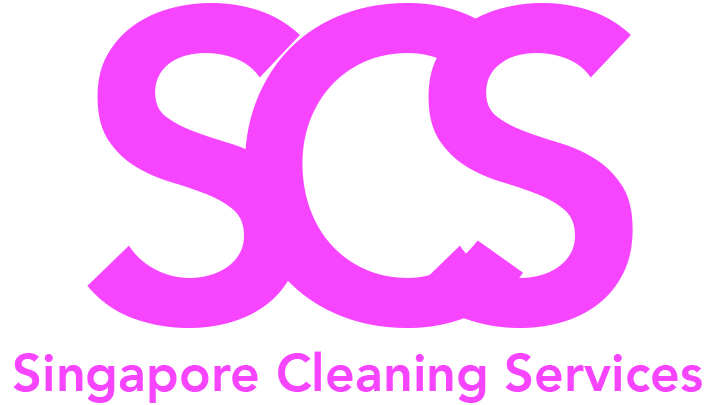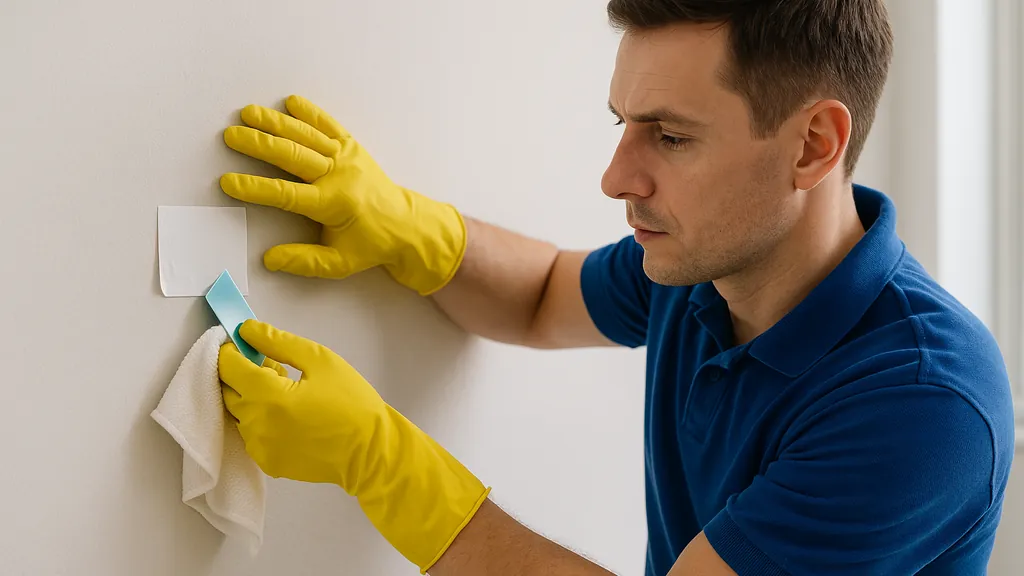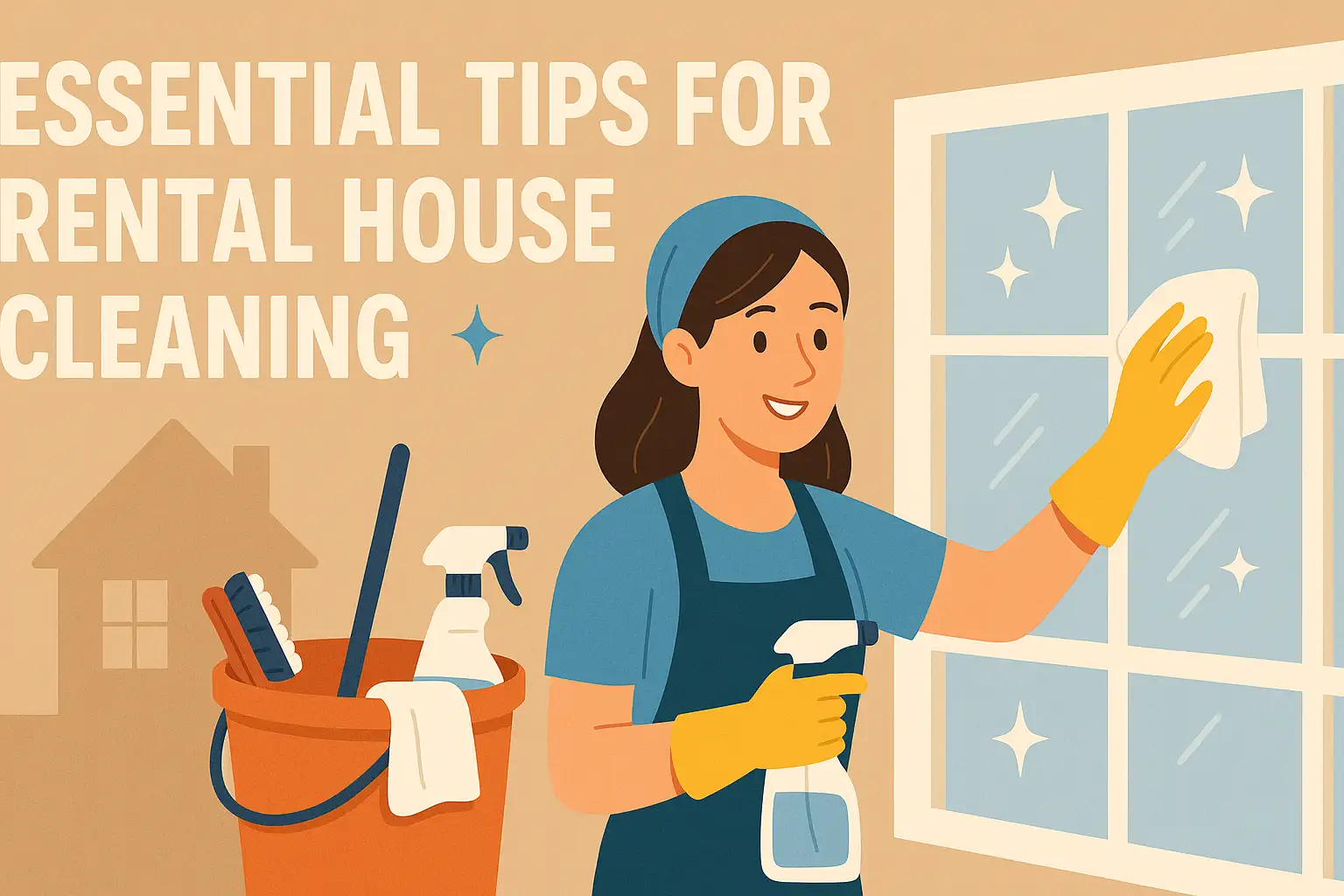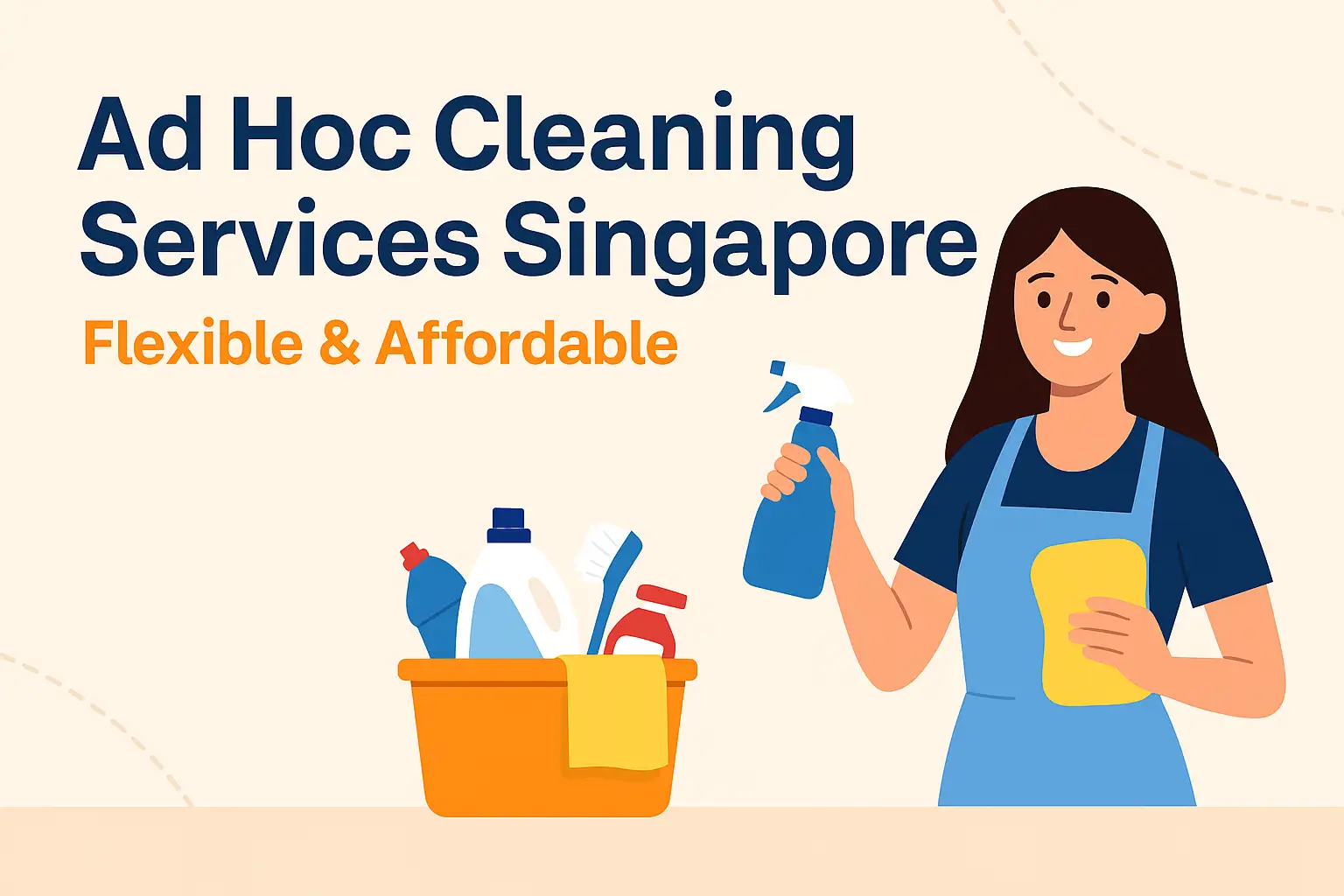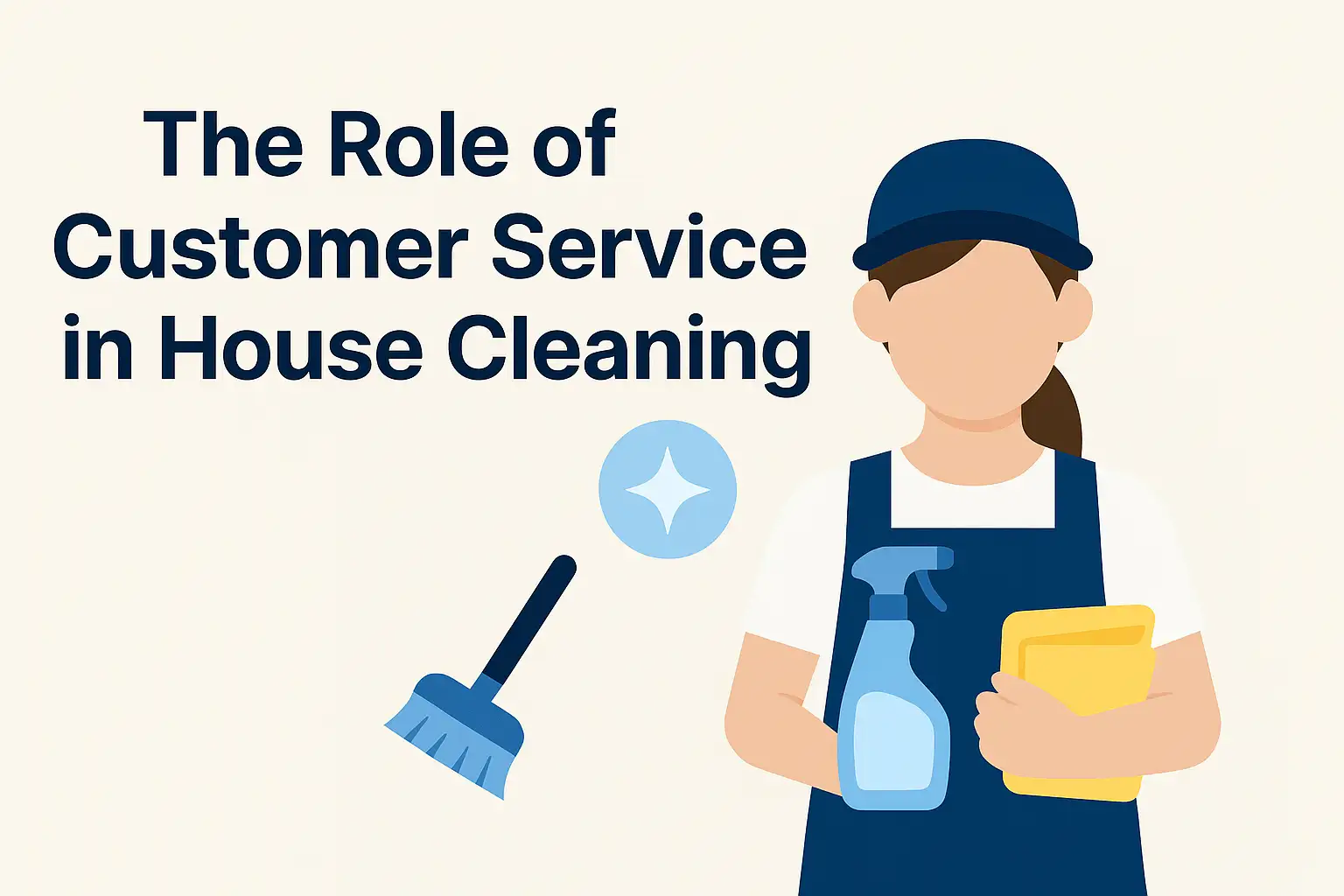Stickers and price labels have a talent for overstaying their welcome. The good news: you don’t need harsh solvents (or scratched surfaces) to remove the gunk. Below are pro-tested methods our cleaners use across homes in Singapore, with quick picks for each surface and what to avoid.
Related reads:
What to Clean Before Moving In — Essential Checklist for a Fresh Start
The Ultimate Do’s and Don’ts Guide for End of Tenancy Cleaning
Quick Guide: Soften with heat, break down adhesive with oil (for plastics/metal) or isopropyl alcohol (for glass/ceramic), lift gently with a plastic scraper, then wash. Always spot-test first.
Why sticker gunk sticks
Most labels use pressure-sensitive acrylic or rubber adhesives. Heat makes them flow; oils dissolve rubbery types; alcohols dissolve acrylics. Choose the solvent based on the surface so you remove glue—not the finish.
Quick test before you start
Pick a hidden corner. Dab your chosen remover. Wait 60 seconds. Wipe. If colour comes off or the surface dulls, stop and switch to a milder method.
Tools and supplies (use what fits your surface)
• Hair dryer or heat gun on low • Plastic card or scraper • Soft microfiber cloths • Cooking oil or mineral oil • Isopropyl alcohol (70–90%) • Mild dish soap • Warm water • Cotton swabs and small bowl
Method by surface
Glass or ceramic
Warm with a hair dryer 20–30 seconds. 2) Peel what you can. 3) Rub residue with isopropyl alcohol on a cloth; reapply until clear. 4) Wash with soapy water and dry to avoid streaks.
Plastic (containers, toys, appliance trims)
Warm gently. 2) Massage a drop of cooking oil into the residue; wait 2–3 minutes. 3) Lift with a plastic card using short, shallow passes. 4) Wash with dish soap to remove oily film. (Avoid alcohol on stressed, glossy plastics.)
Metal (stainless, chrome, aluminium)
Warm lightly. 2) Use oil first; if needed step up to isopropyl alcohol. 3) Wipe along the grain on stainless to prevent swirl marks. 4) Finish with soap and water.
Finished wood (varnished, lacquered)
Skip alcohol. Dab a little oil and let it dwell 3–5 minutes. 2) Roll the softened residue off with your thumb; use a plastic card only at a very low angle. 3) Buff clean with a barely damp cloth and dry immediately.
Unfinished wood
Do not use water or alcohol—they raise grain. 2) Use a small amount of mineral oil and a plastic card. 3) Wipe dry; consider applying a little wax or conditioner after.
Painted walls
Warm gently. 2) Use a drop of oil on a microfiber, not directly on the wall. 3) Blot, don’t rub. 4) Clean with a mild soapy cloth and pat dry. If paint lifts, stop.
Fabric
Freeze the spot with an ice pack 5–10 minutes. 2) Flake off brittle glue. 3) Pre-treat with liquid detergent, then launder per label. For dry-clean-only fabrics, leave it to a professional.
If you’re prepping for a handover, check our End of Tenancy Cleaning Service
Stubborn residue tricks (use sparingly)
• Dwell time: keep the surface wet with your chosen remover for 3–5 minutes, then scrape. • Tape pull: press fresh masking tape on the goo and yank to lift softened bits. • Pencil eraser: on glass or metal, rub lightly to roll residue away.
What to avoid
• Razor blades on coated glass or delicate plastics (scratches and coating damage) • Acetone, lacquer thinner, or gasoline on plastics, painted items, or wood finishes • Abrasive pads on stainless steel (permanent scuffs) • Soaking electronics or seams with liquid
Speed-run recipe (most cases)
Heat 20–30 seconds. 2) Peel. 3) Apply oil (plastics/metal) or isopropyl alcohol (glass/ceramic). 4) Scrape gently with a plastic card. 5) Wash with warm, soapy water. 6) Dry.
After-care to prevent future gunk
• Choose removable labels (low-tack) when possible.
• Stickers come off easiest within the first 24 hours.
• Keep a “residue kit” handy: oil, alcohol, card, microfiber.
Want the room to smell fresh afterwards? See Air Fresheners: A Comprehensive Guide to Freshening Up Your Space
When to call a pro
If the sticker sits on delicate finishes (piano lacquer, antiques, camera lenses, TV screens) or you’re dealing with large areas after renovations, it’s safer to outsource. Book our Spring Cleaning Service Singapore or Post Renovation Cleaning for whole-home adhesive and dust cleanup. For routine help, see Part Time Cleaning Service.
